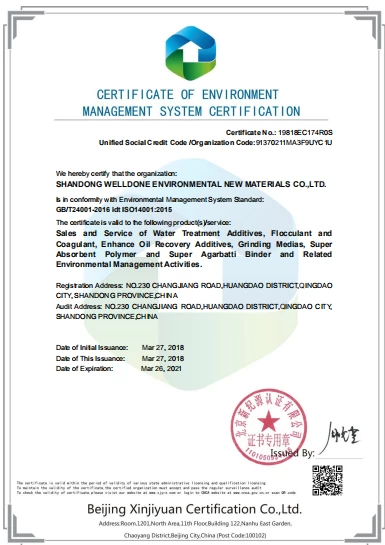Introduction to the Application of Potassium Polyacrylate in Bare Root Soaking
Potassium polyacrylate is a superabsorbent polymer that has gained increasing attention in horticulture as a water retention agent. Its unique properties make it an excellent material for use in bare root soaking, which helps to improve the survival rates of transplanted plants.
Application in Bare Root Soaking
Potassium polyacrylate can be used in bare root soaking to improve water-holding capacity and reduce transplant shock. When mixed with water, it forms a gel-like substance that can absorb hundreds of times its weight in water, ensuring that the roots have access to moisture during the transplantation process.
Furthermore, potassium polyacrylate can help to reduce the stress on plants during the transplantation process by maintaining adequate moisture levels around the roots. This promotes healthy root development and improves the survival rates of the transplanted plants.
Additionally, potassium polyacrylate can be applied as a soil amendment after transplanting to continue providing water to the newly planted trees or shrubs. By improving the water-holding capacity of the soil and reducing water loss due to evaporation, it ensures that the plants have access to sufficient water during their establishment phase.
Conclusion
Overall, the application of potassium polyacrylate in bare root soaking offers significant potential for improving plant survival rates and reducing transplant shock. Its ability to retain water and release it slowly over time makes it an ideal material for use in areas with limited water availability or during periods of drought. As such, it offers significant potential for addressing the challenges of water scarcity and climate change in horticulture.











